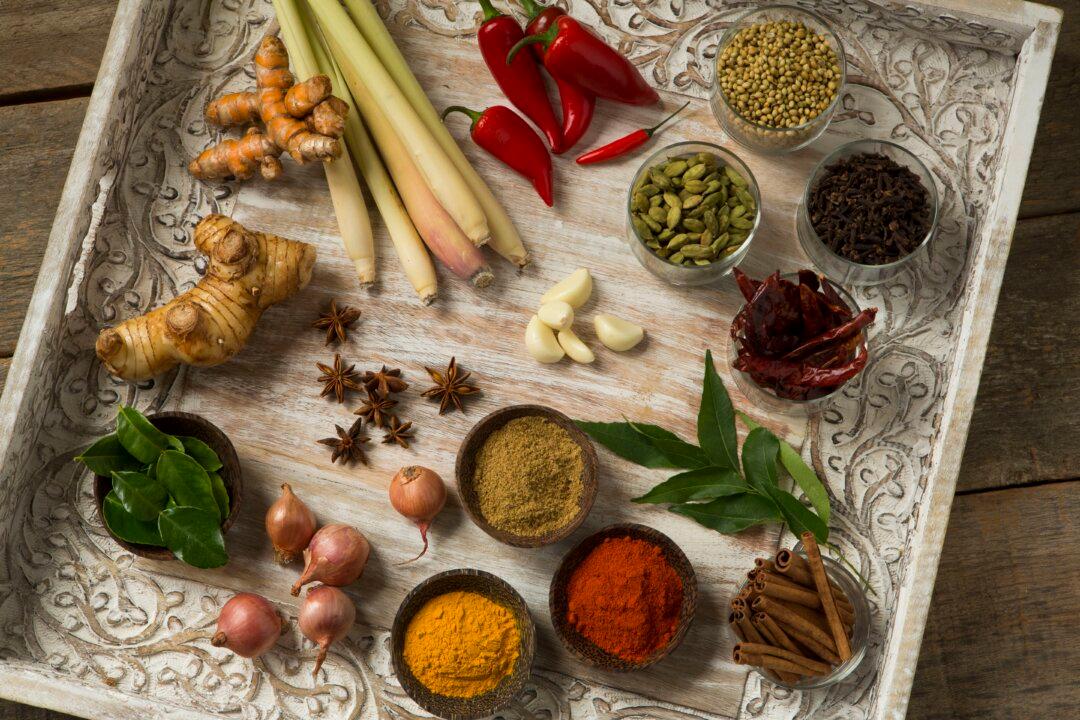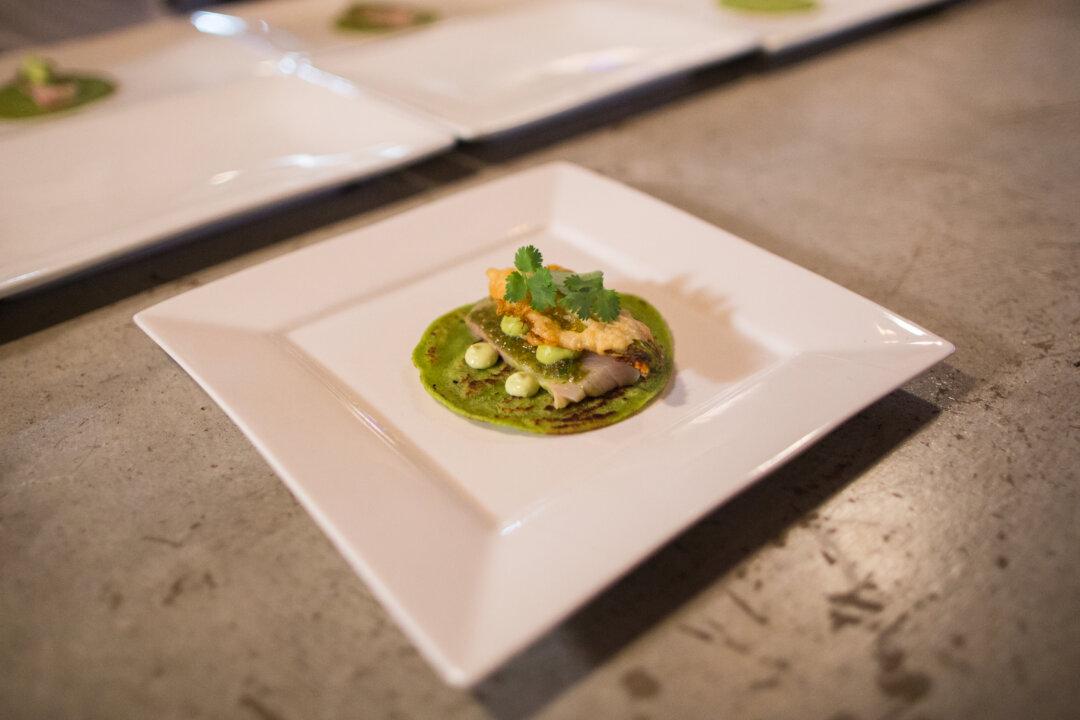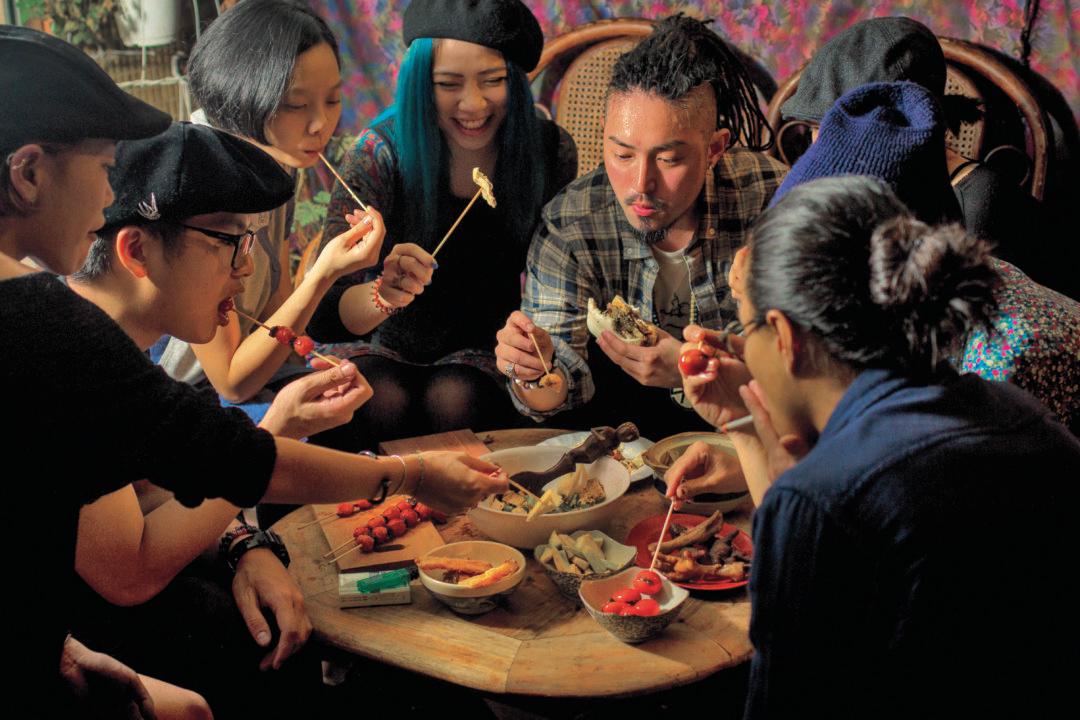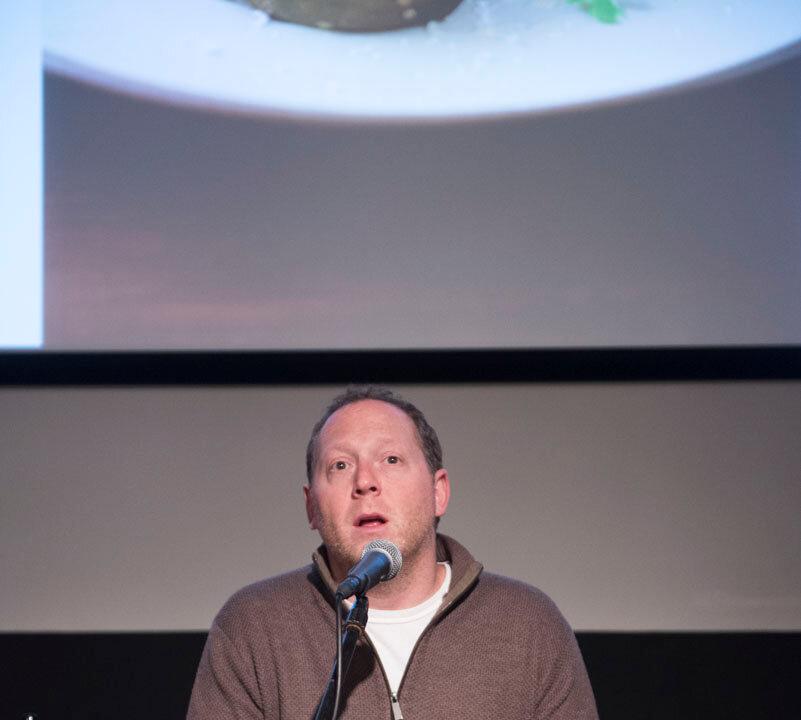Christina Arokiasamy grew up the daughter of two doctors in Malaysia. Her father was a naturopathic doctor, and her mother was known as “Doctor Masala,” a spice merchant who would hand prescriptions of spices along with her wares.
Arokiasamy, a chef, an author, and also Malaysia’s food ambassador to the United States, recalled, “She never just dished out the spices. [She’d say] ‘You’ve got to have this because ginger is good for you, it’s got antioxidants, it’s going to help you with cholesterol.’ I think she read a lot of my father’s naturopathic books.”
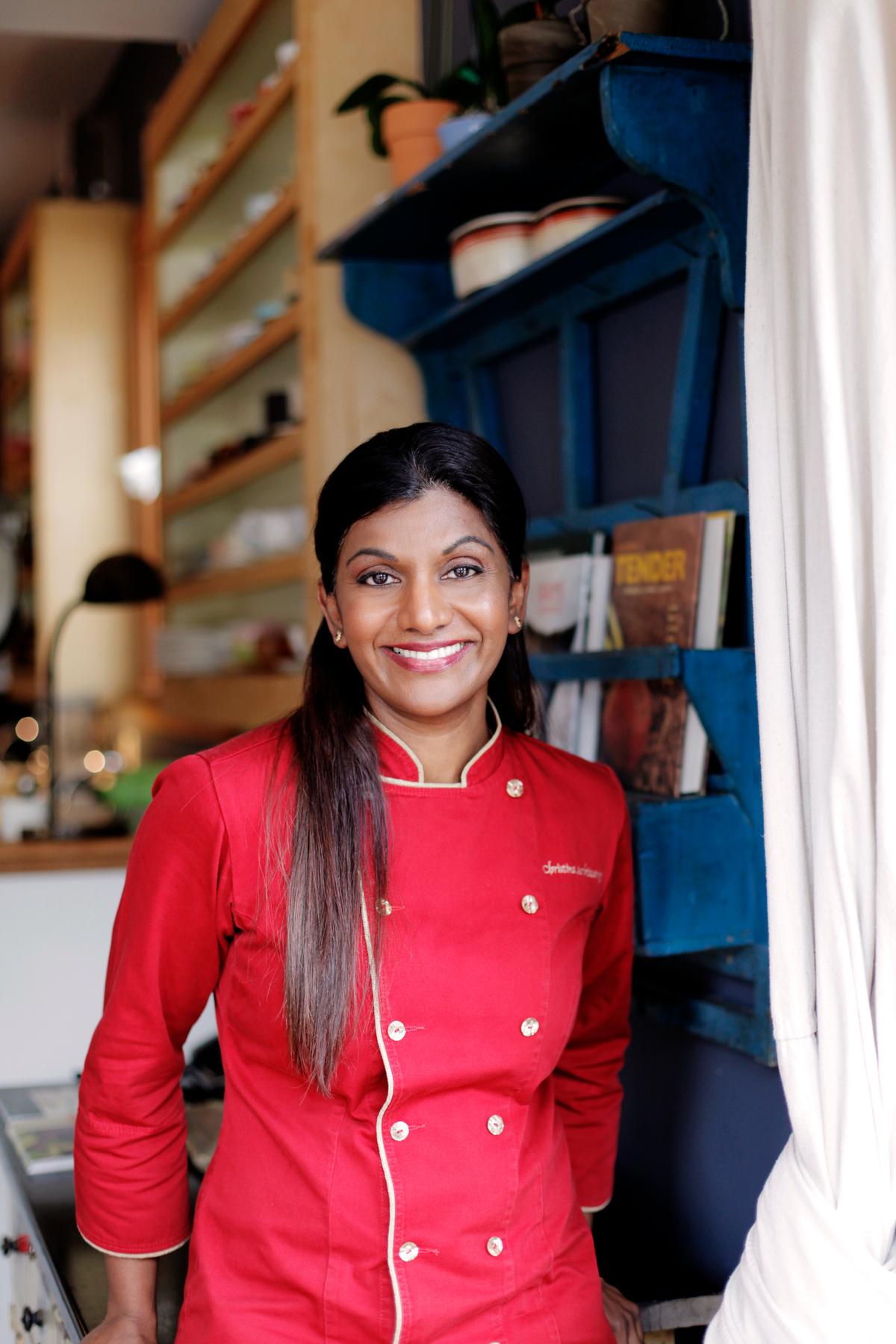
Christina Arokiasamy, Malaysia’s food ambassador to the U.S. (Malaysia Kitchen USA)
The rubs and spices, from a culinary standpoint, were literally transformative and essential in turning out dishes like chicken tikka masala, chicken tandoori, and countless others.
The food memories that stick with Arokiasamy are visual as well as olfactory: the mounds of yellow and red spices.
She remembers the smells of drying spices permeating the air, especially the triad of cinnamon, cloves, and star anise, a combination often used together. Arokiasamy calls them “three big partners that always come to assist, revitalize, and ignite meat dishes.”
She’s often asked: What is Malaysian food? Her answer is that Malaysia is all of Asia on a plate. There, cultures mingled throughout history.
“It began many centuries, many hundreds of years ago during the 15th and 14th centuries, history tells us,” Arokiasamy said. “Before the Portuguese came and conquered this area, the Chinese ships, the Arab ships, the Indian ships, the Javanese ships, all came to converge. They bartered, and these people made Malaya at that time their home … So when you taste the food of Malaysia it’s as if you have taken a journey through Asia.”
Each culture brought their respective contributions to kitchen and table: the Chinese their sauces, the Indians their spices, and the Malays their aromatics. “It’s the whole of Asia coming together sharing, making one dish. That’s high artistry,” she said.
In a dish of Malaysian chili sesame prawns, for example, sesame oil and soy sauce are mixed with curry leaves and aromatics like garlic.
Like the dishes, the patchwork of gardens and single dwellings in Malaysia reflect the same kind of mingling. “It’s such a give and take among the neighbors,” Arokiasamy said. For example, “A Chinese family will never plant curry leaf. They will plant maybe lemongrass, they’ll never plant curry leaf because they know they can just come across your garden and pluck it.
“With that knowledge, people grow enough to share,” she added. “We normally say, ‘Hello Auntie, can we have lemongrass?’ ‘Go ahead, help yourself,’ but we already have the basket ready in our hands,” she laughed. “We love sugar cane and we know only the Chinese have pandan and sugar cane in the garden, and you know what—so why bother planting it? Just go over and bring some back.
“It’s fun. We love to cook and we love to eat especially. It’s vibrant that way.”
